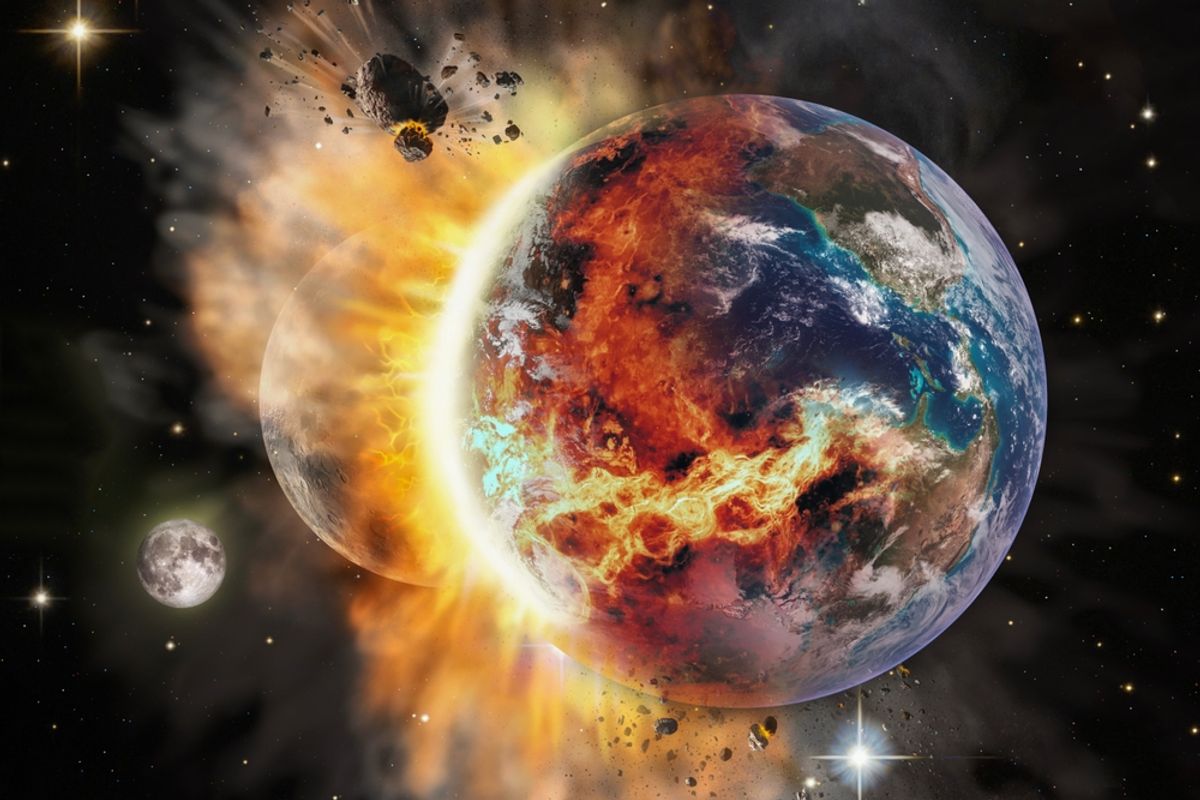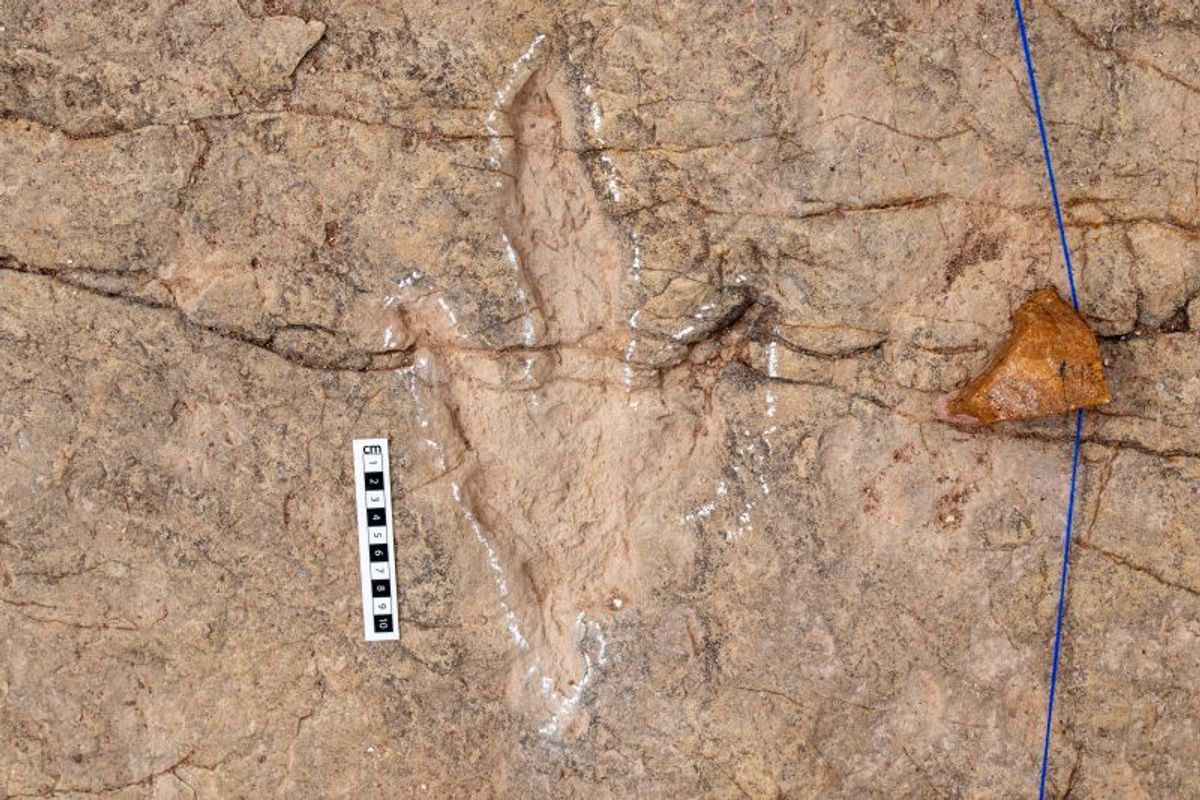
The early days of Earth were so chaotic that it’s hard to believe life began here. What is now the beautiful blue marble we inhabit was once an apocalyptic wasteland with a molten surface and an atmosphere severely lacking in oxygen. Virtually all evidence of this fiery first era of the planet, known as “proto-Earth,” is long gone. However, there is a chemical residue that has just come to light.
a new study published in Nature Geoscience has revealed the only known piece of proto-Earth left: a chemical signature hidden in some of the oldest preserved rocks on the planet.
Researchers believe that an imbalance in potassium isotopes within these rocks is a vestige of Earth’s oldest environment that was never erased.
The giant impact that hit Proto Earth
The Solar System materialized about 4.6 billion years ago when gas and dust formed a rotating disk that would become the solar nebula. Most of this primordial material was drawn toward the center, giving rise to the Sun. The remaining gas and dust merged at various points to create each planet, including Earth.
Proto Earth was in no condition to support life. In addition to its hot and hostile conditions, the young planet was under constant pressure from asteroid collisions. At one climax, he was hit by a Mars-sized meteorite (sometimes called “Theia”). This giant impact would change the trajectory of our planet.
After being hit by Theia, the Earth’s interior melted and was left in disarray. The environment that was once Proto Earth had completely changed and almost all material had vaporized. There is a silver lining to this violent chapter in Earth’s history: we have the giant impact to thank for releasing the debris that would become the moon.
Read more: The origin of water on Earth may not have begun with an asteroid impact
Chemical remains of Proto Earth
The Earth was hard after the giant impact, but its surface eventually cooled and solidified. It seemed like the ProtoEarth material was gone forever.
However, the new study appears to show that this is not true. As researchers examined rock samples in Greenland and Canada, as well as lava deposits in Hawaii that originated in the mantle, they discovered an unusual imbalance of the isotope potassium-40.
Researchers had previously found a similar imbalance in meteorites that did not share Earth’s current composition. The same imbalance in ancient rocks and lava deposits, then, would suggest that they contain material originating on Proto-Earth before Theia struck.
“This is perhaps the first direct evidence that we have preserved prototerrestrial materials,” said author Nicole Nie, a professor of earth and planetary sciences at MIT, in a statement. “We see a very old piece of Earth, even before the giant impact. This is surprising because we would expect this very early footprint to be slowly erased through Earth’s evolution.”
Simulating meteorites
When analyzing the rock and lava samples, the researchers noticed a specific deficit in the isotope potassium-40, a characteristic that made these materials stand out compared to everything else found on Earth.
If Proto Earth was actually made of potassium-40 deficient materials, these materials would have undergone chemical changes due to meteorite impacts (including the giant impact). Referring to this assumption, the researchers used data from all known meteorites and tested simulations of meteorite impacts on an early Earth. The simulations resulted in compositions that aligned with most modern materials on Earth,
This reinforces the fact that the ancient rock and lava samples somehow retained a remnant of Proto Earth while everything around them changed after the giant impact.
However, no meteorite has been shown to share exactly the same deficient potassium isotope as these Proto Earth samples. Therefore, it is possible that there are still more clues pointing to Proto Earth.
“Scientists have been trying to understand the original chemical composition of the Earth by combining the compositions of different groups of meteorites,” Nie said. “But our study shows that the current inventory of meteorites is not complete and that there is much more to learn about the origin of our planet.”
Read more: The Earth formed 4.54 billion years ago: how do scientists know?
Article Sources
Our writers at Discovermagazine.com We use peer-reviewed studies and high-quality sources for our articles, and our editors review them for scientific accuracy and editorial standards. Please review the sources used below for this article:
#Evidence #ProtoEarth #Chemical #Imbalance #Hidden #Ancient #Rocks










